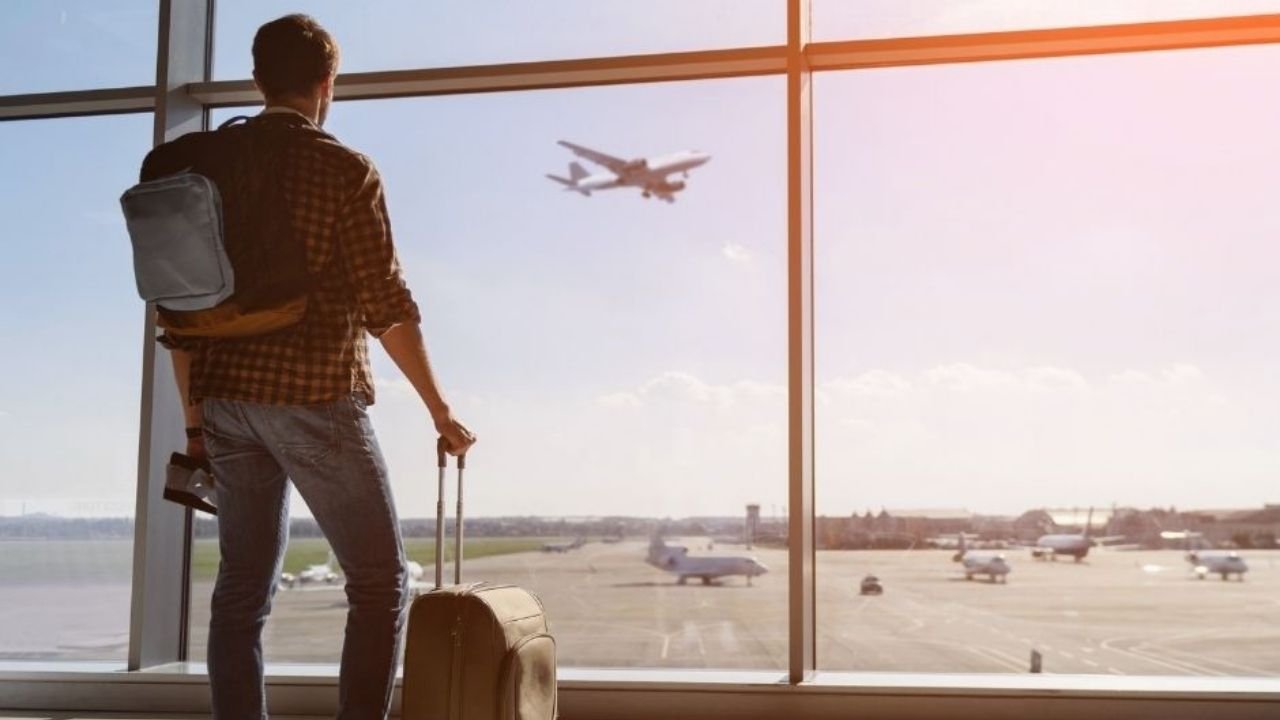What it's Like to Travel In and Out of Singapore Under Omicron
We were so excited to dust off our passports and make the most of the new VTLs, but with the news flooded with stories about COVID surges, many of us decided to put our travel plans on hold, for now.
But for those who hadn’t seen their family in two or more years, the chance to reunite was worth the expense, the incessant testing and the risk of being put on stay-home notice, or worse, sent to quarantine.
Some of the Accela team have recently returned and had family arrive on VTL flights under the new Omicron measures, with mixed experiences. Here’s what we’ve learned from them:
The Journey Out of Singapore
Depending on where you’re going, your journey out of Singapore starts 72 hours or 48 hours before your flight’s departure, when you must get a PCR or ART test, depending on where you’re traveling to. You also need to prepare hard copies of all your paperwork, including your tickets, work pass if you have one, your vaccination certificate and your proof of isolation address in Singapore, which you will be required to present to immigration officers at Singapore Departures.
Some of the countries with VTL routes still require passengers to go through quarantine or self isolation, and each has different requirements for ART or PCR testing on arrival.
Singapore Airlines keeps an updated list here, but it is advisable to also check with the country and the state of the country you are travelling to, because as we’ve seen, regulations can change overnight.
Of course it’s expected travellers will be sensible when they are travelling, and if they feel a sore throat, runny nose or other COVID-like symptoms, should do a self-test and immediately isolate if it’s positive.
Travelling Back In
In order to fly back into Singapore on a VTL, you need to have been in an approved VTL country for at least 14 days, but Singapore is counted as one of these, meaning if you’re leaving from Singapore, you can be in an approved VTL country for less than 14 days before returning. You can also visit multiple VTL- approved countries on your trip (for example, you could split your time between France and Germany). If you enter a non-VTL-approved country, you will need to spend 14 days in an approved country before getting on your VTL flight. So if you want to go to Portugal, you’ll need to spend at least 14 days in France or Germany before flying back.
For Singapore citizens and PRs, no further application is required however long-term pass holders and short-term visitors alike must fill out a VTP application which may be done 3 to 60 days prior to the date of arrival. Especially for travellers vaccinated outside Singapore, our first hand advice is to start this process early as it can take extra time and appeals to verify international vaccine records. For team members who have applied and been vaccinated in Singapore, the process has been much smoother and instant approval was granted.
In terms of pre-flight testing, Singapore is now allowing citizens, residents and long-term work pass holders the option of an ART test or a PCR within 48 hours of departure, provided it is professionally-administered at an approved clinic. The results of this must be documented in English with key identifying details including date of birth or passport
Children aged 12 and below need to take the ART or PCR test but don’t need to be vaccinated. However, they must be accompanied by a vaccinated traveller.
Arriving in Singapore
The process of landing in Singapore is now back to pre-pandemic efficiency, at least for citizens/PRs or long term passholders. Automated passport control is available again for Singapore residents, and one Accela team member says she was in a taxi on her way home just 45 minutes after landing at Changi Airport – that includes getting the PCR test on arrival.
The Ministry of Health requires all recent arrivals to wait at home for the results of the airport PCR test, which in this case came back within six hours. Official guidance is that it can take up to 24 hours, but 5 or 6 hours seems to be the norm.
Omicron has thrown new tests in the mix and VTL arrivals are now required to do a self-administered ART test on days 2, 4, 5 and 6, and upload the results (simply typing “negative” will do) via this government website.
Official advice is that after testing negative from the airport PCR, you should try to remain home as much as possible but can leave after you have taken a negative ART test in the morning.
On days 3 and 7 after arrival, you have to take a supervised test, which will be booked in advance at an approved quick test centre.
Of course it is more complicated if you test positive, as you will be required to isolate, and the rules around this are ever changing based on the MOH’s assessment of the risk of the variant.
At the time of publishing this post, Omicron cases are allowed to recover at home, unless they have more severe symptoms, when they can go to a community care facility. Anyone deemed a close contact will be issued a 7 day health risk warning, which is a downgrade from the previous 10-day warning.
If you test positive on the airport PCR or a self-administered ART that is recorded with MOH, you will be put in touch with an MOH representative. They will check in on your symptoms, and give you a contact for a medical centre should you feel worse. These centres will deliver medicine to your home to help ease symptoms, and will also help to give advice on seeking out medical help if necessary.
The official guidance is that you can stay in the same household as someone who is positive for Covid-19 (provided there is a separate bathroom and separate sleeping area). Everyone else in the household is advised to self-test daily, but can otherwise go about their normal routine as long as they continue testing negative.
Testing Positive Before You Fly
If you test positive for any variant of Covid-19 before you fly, you should make sure your test is recorded with MOH as you will need to provide proof of recovery and discharge. In addition to government protocols, it’s also advised to check airline policies as they may vary - for example, Singapore Airlines only allows you to fly 14 days after an initial positive test, while MOH discharges and deems passengers no longer infectious on day 10.
For the Accela members who have travelled over this time of increased testing, and possible quarantine, flying has felt like something you only do when you really have to. But for them, so far, being reunited with family members after two years has made it all very much worth it.
Singapore Airlines keeps track of the most recent regulations around PCR testing turnaround times and isolation requirements for each VTL country, here.

